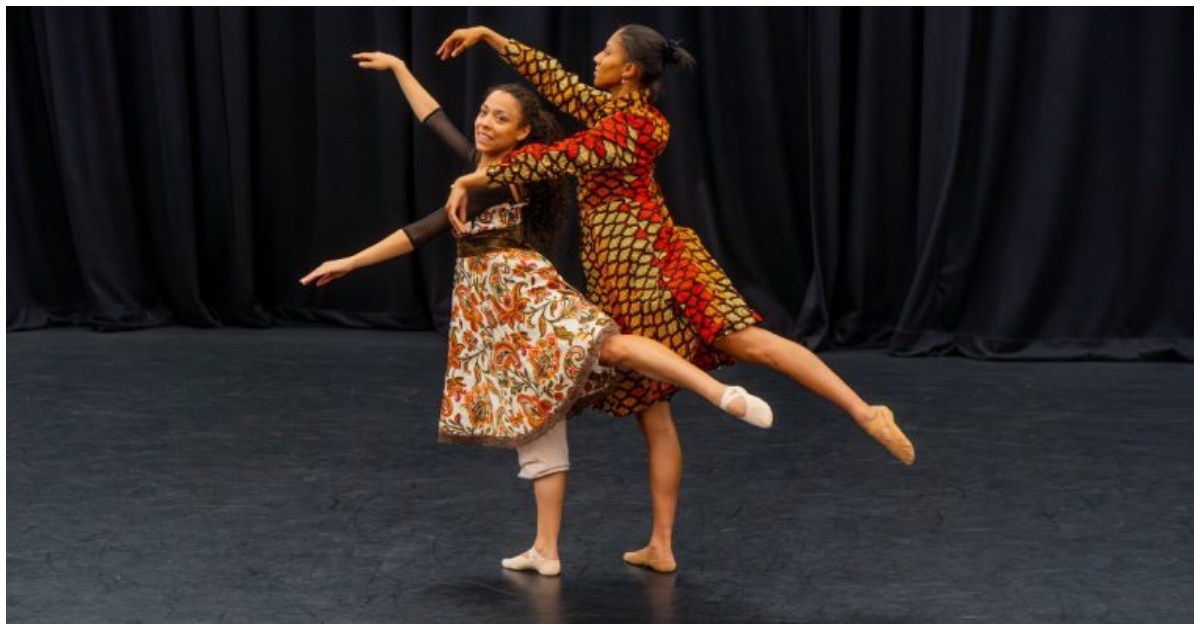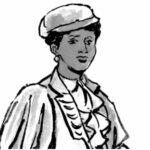A special exhibition in Liverpool is shining a light on two pioneering Black British ballet dancers. Brenda Garratt-Glassman and Darren Panton, the first Black British students at the prestigious Royal Ballet Schools, are being honored for their groundbreaking contributions to the world of ballet. This exhibition is part of Liverpool’s Black History Month celebrations and will run at the city’s Central Library from 31st October to 30th November.
Celebrating Black British Ballet Pioneers
Brenda Garratt-Glassman was the first Black British student to attend the Royal Ballet Upper School, while Darren Panton became the first Black British student at the Royal Ballet boarding school. Their achievements paved the way for future generations of Black dancers in a historically under-represented art form.
The exhibition, curated by Dr. Sandie Bourne, highlights their careers along with other Black British ballet dancers from the 1940s to today. It uses archival photographs, films, and interviews to tell their stories and bring attention to the often overlooked contributions of Black artists in ballet.
Island Movements: A Windrush Ballet Premiere
Opening the exhibition is a powerful performance of Island Movements, a ballet that tells the story of a Caribbean family from the Windrush generation. This moving piece takes audiences through their journey during and after World War II. The premiere will be held at the Central Library on 18th October and will include a Q&A session with the dancers and creators afterward.
This unique ballet sets the tone for the exhibition by tying the experiences of Black British ballet dancers to larger stories of migration and resilience. It will showcase how personal and cultural histories intertwine on stage.
Engaging Workshops and Cultural Activities
Throughout November, visitors can participate in a series of workshops, including dance, writing, and photography. The exhibition also offers virtual reality experiences, allowing attendees to immerse themselves in the stories of Black ballet pioneers like Garratt-Glassman and Panton.
Panel discussions with industry professionals will explore the challenges Black dancers have faced and the ongoing efforts to diversify the art form. These interactive activities provide a deeper understanding of how these ballet trailblazers broke new ground and continue to inspire the next generation.
Funding and Support for the Exhibition
The exhibition has received a £245,500 grant from The National Lottery Heritage Fund, which allows it to tour 25 libraries across the UK. Liverpool Central Library is one of the key locations, chosen for its commitment to showcasing diverse cultural histories.
The project also aims to reach younger audiences, encouraging Black British youth to consider ballet as a potential career path. Marsha Lowe, Director of Oxygen Arts, emphasized the importance of this exhibition, stating, “We want to go further, to change the perception of ballet by diversifying ballet audiences and encouraging the next generation of young Black dancers to see ballet is ‘for them’.”
The Importance of Honoring Black British Ballet Dancers
Exhibitions like this not only honor the pioneers but also inspire new conversations around diversity in ballet. For many years, Black dancers have faced barriers, from limited opportunities to lack of representation in major ballet companies. The stories of Brenda Garratt-Glassman and Darren Panton remind us how vital it is to recognize and celebrate those who overcame these challenges.
As Isobel Hunter, Chief Executive of Libraries Connected, noted, “Public libraries, with their diverse audience base and commitment to democratizing culture, are the perfect venue for this ground-breaking exhibition. There has never been a better time to celebrate the achievements of these Black British pioneers.”
Looking Toward a More Inclusive Future
The exhibition isn’t just about looking back at history—it’s about shaping the future of ballet. By showcasing the stories of Garratt-Glassman, Panton, and other Black British dancers, this event encourages more young people to see themselves in spaces where they’ve been historically under-represented.
Liverpool’s celebration of Black History Month through this exhibition marks an important step in acknowledging the rich contributions of Black British ballet dancers to the cultural landscape. It’s a chance for visitors to learn, engage, and be inspired by stories of perseverance and excellence that continue to shape ballet today.





